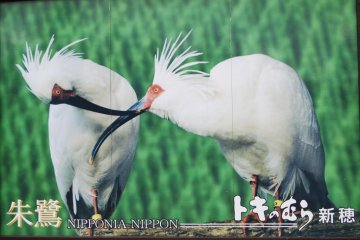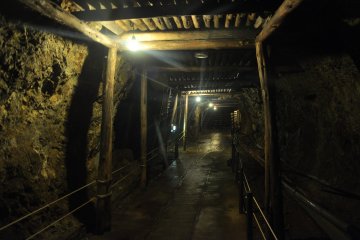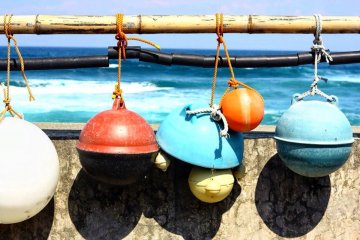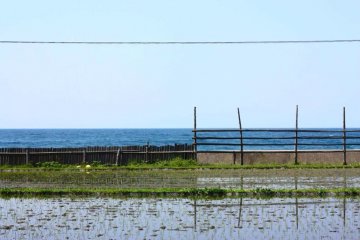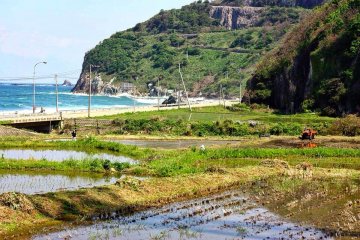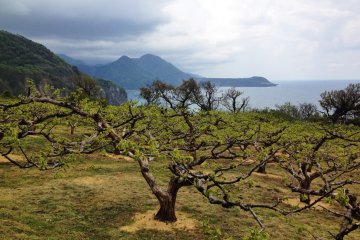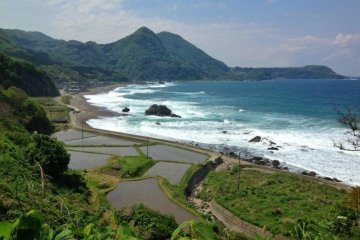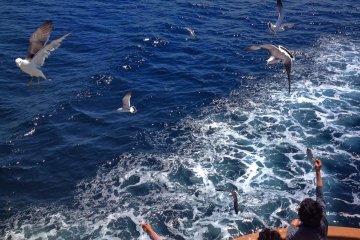Just getting to Sado Island is an adventure in itself. As the ferry heads away from the coast of mainland Niigata and towards the island’s rugged silhouette roughly 45km away, seagulls swirl above and will swoop down to take food from your outstretched hand. Stand on the top deck and the wind will make your eyes stream as you inhale the salty air.
Sado’s main port is Ryotsu, but there’s not a lot to keep visitors for long. It’s a good place to pick up a rental car, though. Having your own transport is the easiest way to see the island. It’s possible to do it without one, but relying on buses will leave you tied to a restrictive and inconvenient schedule.
For dramatic scenery and isolation, head to the northern Sotokaifu coast: a wild stretch of jagged cliffs, steep drops and hairpin bends that will leave you with your heart in your mouth. It’s no understatement to say that the views along here are breathtaking – and there’s not a 7-Eleven in sight.
You’ll know you’re truly in the middle of nowhere when you reach Iwayaguchi, a tiny wind-battered fishing hamlet. Population: around 40, give or take. Somehow, this cluster of ramshackle wooden houses clinging together right at the water’s edge only serves to enhance the remoteness of the surrounding area.
Forest-covered mountains rise up sharply from the shoreline and tower imposingly above this small pocket of civilisation. The inhabitants here have attempted to tame the land around them, carving asymmetric rice fields into the hillsides and building a long seawall to defend their homes from the tide’s endless assault.
Visit in early May and you’ll catch the rice fields as they’re flooded in preparation for planting. Clumps of jellylike frogspawn glisten in the muddy water, whilst overhead large birds of prey drift on thermals. All around, nature reawakens after the cold winter. There might even be a few pink bursts of sakura – spring comes late to this part of Japan.
Despite the low population density, space is at a premium here with most of the flat land used for farming. The one main road, which connects the village to Ryotsu, cuts right through the fields. Cars are relatively infrequent along this stretch, and you’re more likely to end up behind a slow-chugging tractor or a truck piled with bright green young rice plants.
If you’re tempted by the solitude of Iwayaguchi, you can stay overnight at the Sotokaifu Youth Hostel, which has an open fire and comfortable, clean rooms. Its friendly owner, Hisae Yabe, provides home-cooked food for her guests. She fills the Japanese bath with fragrant herbs collected in the nearby mountains, and taking a hot soak is the perfect end to a blustery day of exploring.
There’s not much to do around here, but that’s the whole point. It’s one of the remotest parts of an already remote island – a world away from the bustle and bright lights of Tokyo. This is the perfect destination if you’re looking to escape and unwind for a few days, so book yourself onto the ferry and don’t forget to bring some snacks to feed the seagulls.




